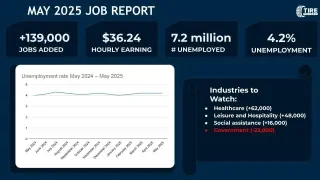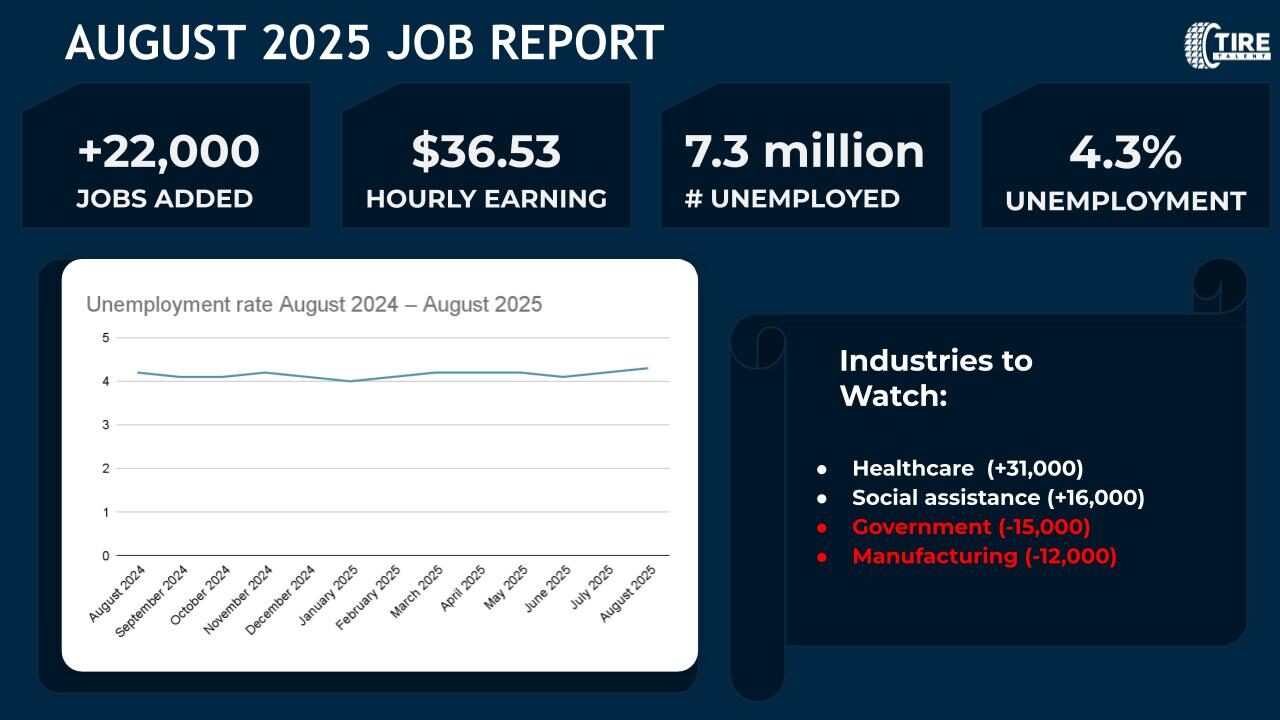Key Highlights
In January, the labor market showed mixed signals with a slight dip in the unemployment rate, though several key indicators remained stable or showed little change. Despite job gains, challenges such as long-term unemployment and part-time work for economic reasons continue to reflect underlying pressures in the workforce.
Here are some of the highlights:
-
The unemployment rate fell to 4.0%, with approximately 6.8 million unemployed individuals. Joblessness was largely unchanged across most demographic groups, including adult men, adult women, and minorities.
-
The number of long-term unemployed remained steady at 1.4 million, representing 21.1% of all unemployed people.
-
Both the labor force participation rate (62.6%) and the employment-population ratio (60.1%) remained stable, continuing the flat trend observed in recent months.
-
The number of part-time workers for economic reasons held steady at 4.5 million, indicating persistent challenges in securing full-time employment.
-
The 143,000 jobs added in January marked a slower pace than the monthly average of 166,000 in 2024.
Job Gains Occurred Across Several Sectors
Job growth was notably concentrated in the health care, retail trade, and social assistance sectors, which collectively contributed to the overall gains. These trends reflect a broader pattern of slower growth in the labor market compared to the more robust figures seen in 2024.
-
Healthcare added 44,000 jobs, with notable gains in hospitals, nursing facilities, and home healthcare services.
-
Retail Trade added 34,000 jobs, led by general merchandise and home furnishings retailers, although electronics and appliance retailers saw losses.
-
Social Assistance increased by 22,000 jobs, primarily in individual and family services.
-
Government gained 32,000 jobs, maintaining a steady growth trend.
-
The mining, quarrying, and oil and gas extraction industry lost 8,000 jobs, primarily due to a decline in support activities for mining.
Wages and Work Hours
-
Average hourly earnings increased by $0.17 to $35.87, marking a 4.1% increase year-over-year.
-
The average workweek for all private nonfarm employees slightly decreased by 0.1 hour to 34.1 hours in January. The manufacturing sector showed little change in hours worked.
Looking Ahead
While January’s employment figures suggest a moderate pace of recovery, the labor market continues to show resilience, especially in sectors like healthcare and retail. However, slower job growth and persistent challenges in certain industries such as mining signal potential headwinds for the economy in the coming months. This means companies may need to adjust their hiring strategies by focusing on more targeted recruitment efforts, while also factoring in regional and seasonal influences on workforce availability.




